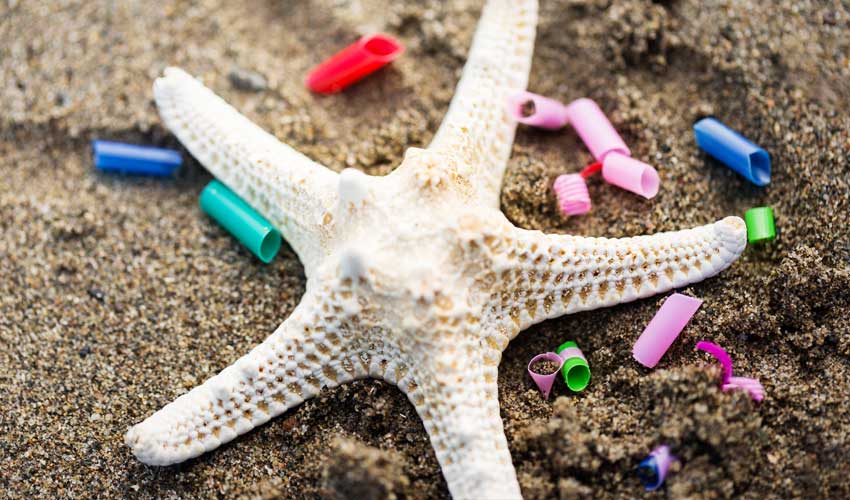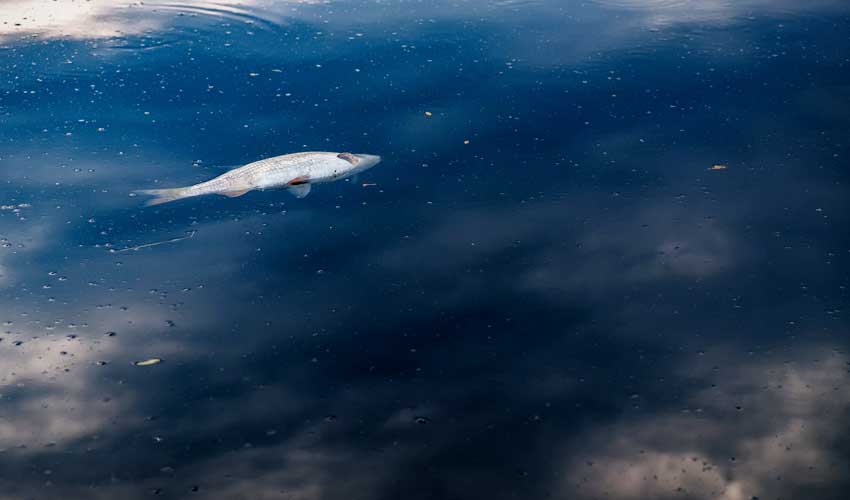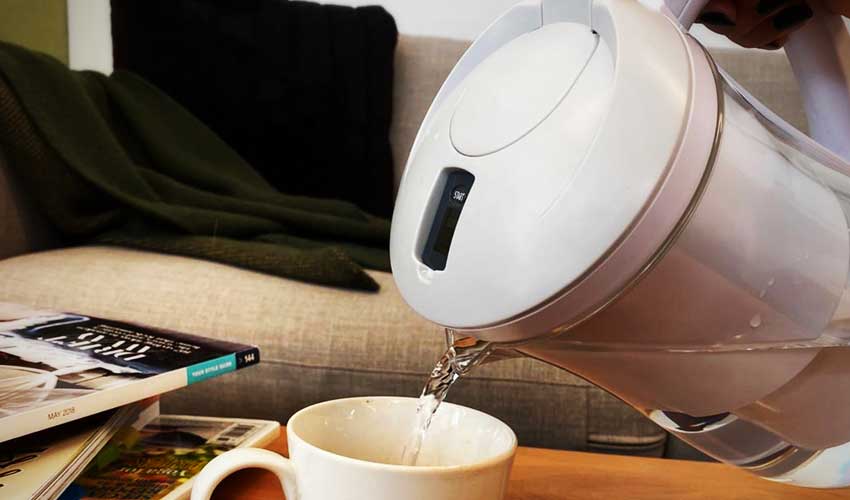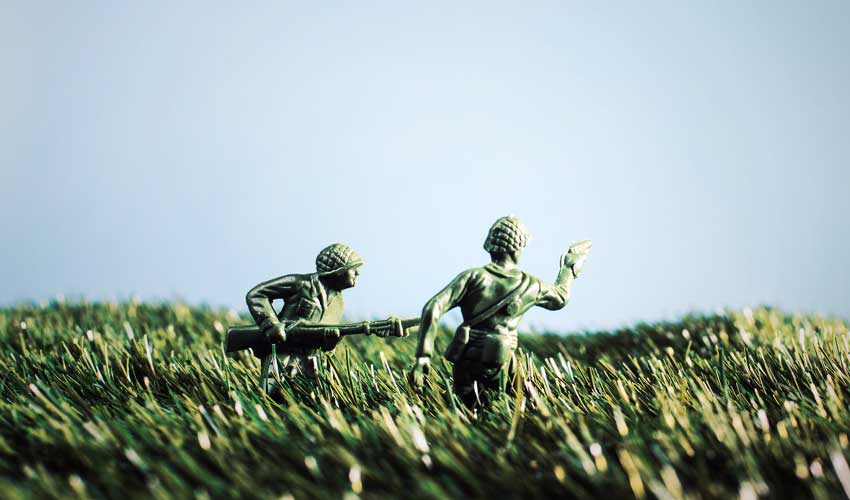Our increased reliance on plastics for countless applications has negative consequences for the environment. Microplastics in our air, water and oceans are a newly emerging concern in the public consciousness. In a society highly dependent on plastic use, what do we do?
Knowledge is power, they say, and the first step towards solving the problem is learning about it. Here is a piece about microplastics, which talks about its origins, destruction, and how you can play your part in reducing the damage.

A Close Look Into Microplastics: Where do they come from?
Microplastics are exactly what their names suggest — small human-made contaminants, which are particles less than 5 mm in size. They can either be a result of plastic breaking down over time, such as plastic cups or plastic toothbrushes. Unfortunately, microplastics also come from deliberate production, once commonly used in the beauty industry as exfoliating products until they were banned in 2018.
From everything gathered, microplastic essentially pertains to every single small piece of plastic, which can cause detrimental effects on animals, humans, plants, and other living organisms in various ecosystems.

What makes microplastics so destructive?
Simply put, its size has rendered it able to travel everywhere. Scientists now confirm that microplastic has seeped into the most remote areas of the world, including the dark ocean waters. Being too small for treatment plant filters, microplastics can readily end up in farming systems through fertilisers and irrigation systems.
Infused with chemicals (like BPAs and PFAs) and the ability to never biodegrade, microplastics have made it loud and clear: they’re here to stay. With our oceans and lands tainted by the chemicals, how do we ensure that it won’t end up in common foods, drinking water, and the air?

What can you do?
Microplastic pollution is a colossal problem, one that would require the intervention of governments and institutions. There are ways you can help, however, and the simplest but most effective way is to simply reduce your consumption of plastic. Ordering takeout, for instance, usually comes with single-use utensils you toss into the garbage bin after use. Opting to use your own utensils, however, is a huge step towards plastic use reduction. Using stainless steel water bottles instead of purchasing plastic bottles is also a huge step, as with opting for reusable straws and other glass products.
If you’re concerned about microplastics getting into your drinking water, water filter jugs may be just what you need. Ecobud’s Gentoo Glass Water Filter Jugs are one of the best on the market.
Your efforts may not seem like much, but choosing to reduce your plastic use means fewer products turning into microplastics. Your example may also spark interest and motivation in others, and by your example, we’ll be well on our way to a more sustainable and environmentally-aware world.

The Future Depends on Now
The microplastic pollution crisis presents the world with the reality of today: the world is suffering and we need to take action. Institutions are now emphasizing and implementing recycling programs, which focuses on reusing plastic products and disposing of them properly. Countries from all over the world have pursued a single-use plastic ban policy, designed to make people more aware of their responsibility to the planet.
The only way to curb the effects of plastic pollution is to simply participate in the reduction of carbon footprint. The destructive nature of microplastics may not be that devastating now, but a world that does nothing but watches it float by will eventually face dire consequences. The future depends on now — knowledge is power, but the next big thing is to act.
To play your part in reducing your carbon footprint, choose Ecobud. We offer eco-friendly reusable bottles, the perfect companion to helping the world become a better place. Say no to plastic bottles — shop Ecobud today.